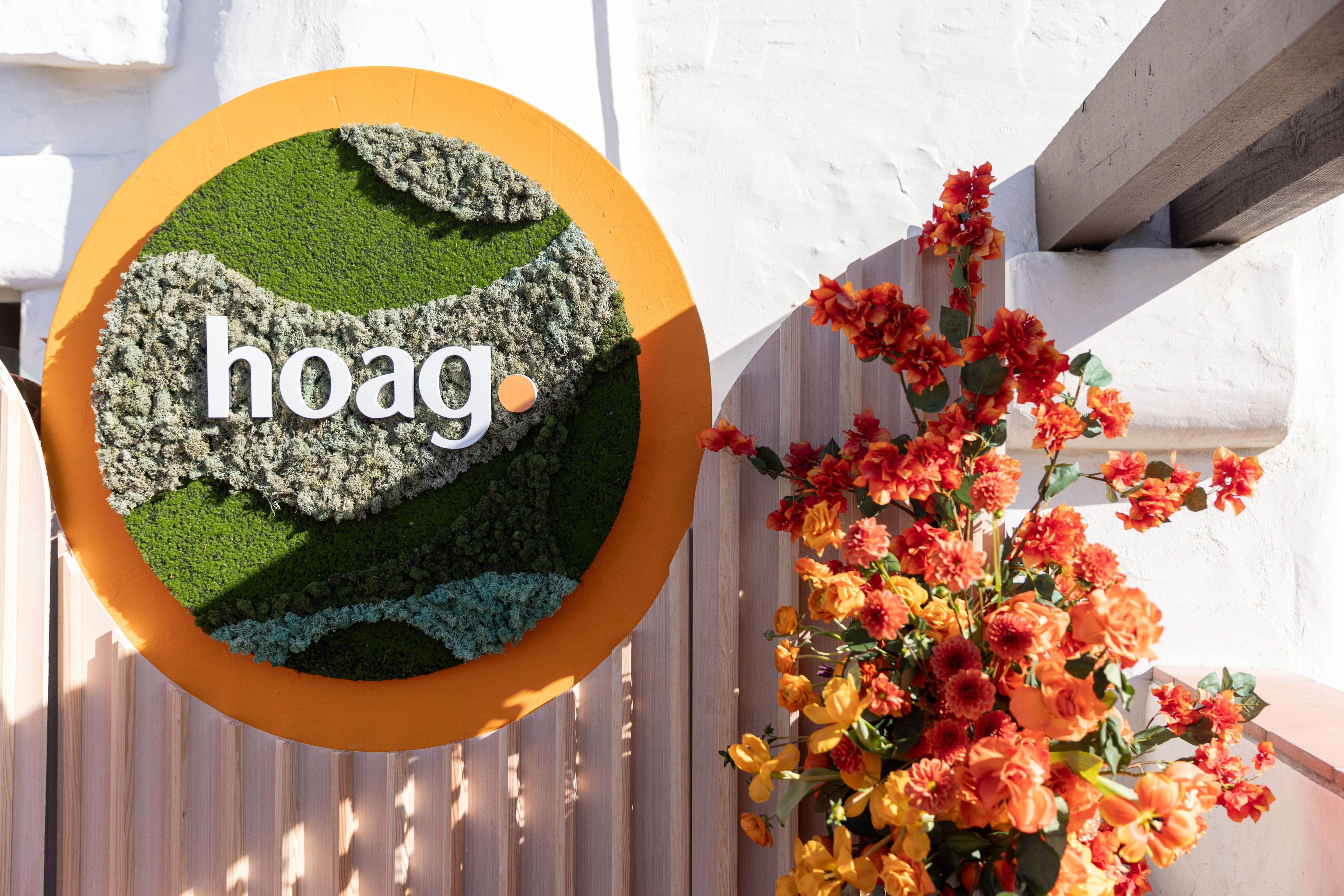Low-Toxic Kitchen: Cutting Boards
I think it comes as no surprise that the standard plastic cutting board is the worst offender when trying to create a less toxic kitchen.
Microplastics, chemicals, BPA and more will seep into the feed from contact and cutting. Cutting on plastic creates indents and grooves that not only let off microplastics but they're also a breeding ground for bacteria even when cleaned.
A solid piece of untreated hardwood is the absolute best option for a non-toxic cutting board. Hardwoods like maple, teak, or cherry are popular for their durability and also their resistance to bacteria. Look for solid wood that doesn't contain toxic adhesives or coatings, finished with zero-VOC/non toxic sealer.
HERE is a favorite that is made in the USA and comes in a variety of sizes.
HERE is another cost effective option
Pros and Cons of the Others:
Stainless steel: Resistant to scratches, stains, warping, and heat, Doesn’t absorb moisture, odors, or bacteria, making it one of the most sanitary options. However, harsh on knives, slippery surface and noisy.
Glass: Non-porous surface resists stains and odors, making it hygienic and dishwasher-safe. Unlike plastic, it won’t absorb liquids or harbor bacteria. However, slippery and fragile so not ideal for heavy chopping
Silicone: Sharp knives may leave grooves that can trap bacteria and can absorb the flavors and colors of foods over time.
Stone: Resistant to scratches, stains, and heat, making it long-lasting and doesn’t absorb liquids or odors, reducing the risk of bacterial buildup. However hard on knives and slippery
Pressed Wood/Bamboo: Bamboo is naturally antibacterial and long lasting, however sometimes bamboo can be heavily processed and some bamboo cutting boards use toxic glues to bind them to together. It’s important to look for a solid piece of bamboo rather than a composite that may involve these toxic glues.




Leave a comment
This site is protected by hCaptcha and the hCaptcha Privacy Policy and Terms of Service apply.